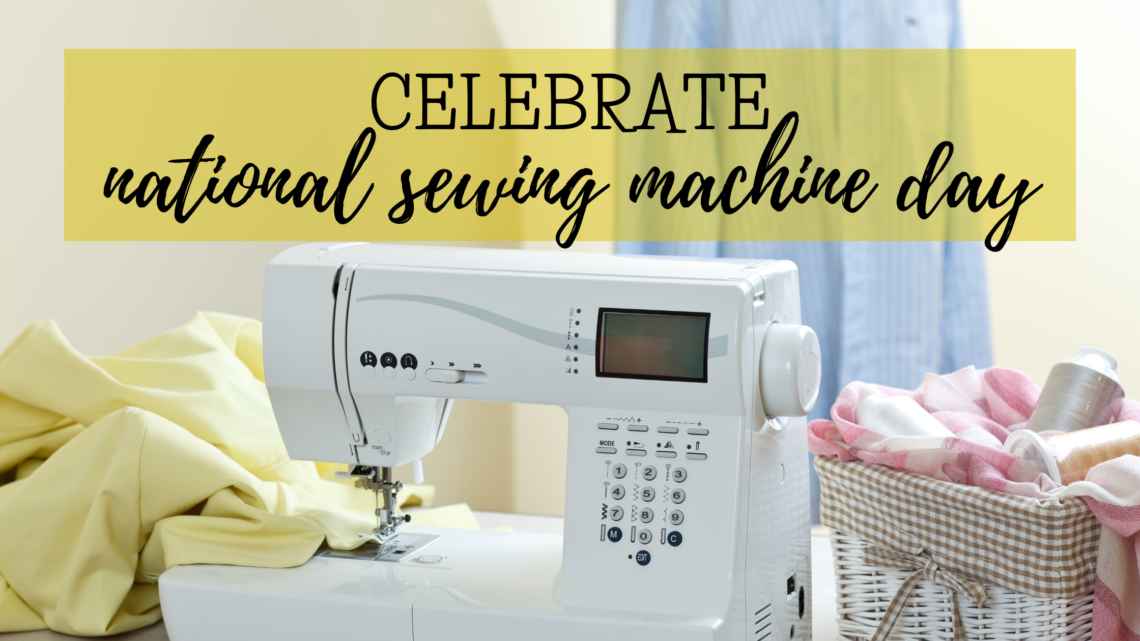
Clean Your Sewing Machine – the Dos and Don’ts
How to Clean Your Sewing Machine
Today is National Sewing Machine Day! Let’s celebrate our precious babies and learn how to clean them in order to keep them in tip-top shape. Cleanings should be done frequently if you’re a frequent sewer, in addition to a yearly “spa day” with your machine dealer. Here’s how to clean your sewing machine and favorite notions to ensure a smooth sewing experience every time. Eric Drexler, Sulky educator and sewing machine mechanic, weighs in.
Q: How often should I clean my sewing machine?
A: How often to clean your sewing machine depends on how much you use your machine daily, weekly or monthly. Generally I would say once a year but I address this after the last question. Machines that are used a lot will develop issues that should be inspected yearly. Machines that are not used, like your good old backup machine, should be gotten out twice a year and run hard to keep the oil viscous and lubricating the parts that it needs to. On these machines I run them at full speed for a minute or 2 with the width set wide and the length set long. I engage the reverse while its sewing to give it exercise too.
Q: Do I need to service my serger even if I don’t use it very much?
A: I always find sergers to have way more lint build up because they are cutting the thread and use at least 3 threads sometimes, 4 or more threads, which create more lint. The parts that you can see you can keep brushed or wiped off but need to re-lubricate these parts because that lint you just removed also soaked up the oil.
Q: Are household cleaners suitable for cleaning the outside of the machine?
A: I do use a household cleaner to clean sewing machines, but it is cut 20 to 1 with water. I am very careful not to leave the cleaner on or rub too long. I usually spray a paper towel, wipe the part that I’m trying to clean about a 6″ square, and then wipe that area with a dry cloth. Be careful some decals or writing can be removed.
Q: What type of sewing machine cover is suitable to protect it when not in use?
A: I always believe a hard case is the best measure to store it or when traveling. Get some foam from the craft store and put a piece in front and back to keep it from banging around inside. Sergers must have a hard case so you don’t damage the “thread tree”.
Cloth cases are also helpful for at least keeping them dust and lint free. We have a great tutorial for making your own sewing machine cover HERE, with options for a pocket and machine embroidery.
Q: What’s the best way to clean my iron soleplate?
A; The best way is not to get it dirty in the 1st place. I always use a non-stick pressing sheet when using adhesives or a press cloth. I say always but I make mistakes and have found Dritz Iron Off works very well. Super heat the iron. I use multiple layers of a paper towel and rub vigorously till all the stuff is gone. You will probably need a toothpick or something to clean out the steam holes. I definitely recommend doing this outside as it really stinks up the sewing room.
Q: What’s the best way to clean my embroidery hoops?
A: Again the best way is not to get it on there in the first place so try to use spray before hoop, if possible. When I use KK2000 I like to cut out a few cardboard templates. They protect the hoop and you apply sprays inside. Goo Gone is very safe for removing adhesive from embroidery hoops, too.
Q: Can my sewing scissors get damaged from frequent sharpening?
A: When you get someone who doesn’t know how to sharpen scissors and ruins the original angle, yes. You can send your scissors to the manufacturer to be resharpened a few times. Metal is ground off and removed each time they are sharpened. Over time, there won’t be enough metal to work with so you’ll need a new pair.
Q: Is there a cleaner that’s best for scissors?
A: What did you get on them? I’d start with Goo Gone for adhesives. If they are just old scissors, then maybe try some metal restoring cream.
Q: What’s the best way to store thread to keep it dust free and prevent deterioration?
A: The Sulky Slimline or Universal carrying cases of course. Seriously, store your thread out of any direct sunlight. Keep it in a cool dry place.
Q: How old is too old when it comes to thread?
A: Old is a negative term. I like the word seasoned. That being said, old thread is brittle and breaks very easily. If you have to wonder how old it is, and/or if it breaks easily when you apply a small amount of pressure, replace it.
In closing, it is a good idea to clean your machine between projects just so the fuzz from one doesn’t migrate into the next. Just because you do this regularly and it looks clean does not substitute a spa day with the professional once a year or every other year if it is not used as much. With the covers off we can see so much more and can remove lint that has been trapped behind the covers. There can be up to 30 oiling points in just the top of the machine without even turning the machine over. Yes it is a machine with shafts and bearings so it does need oil.
Happy Sewing!
~ Eric Drexler
*We may earn an affiliate commission on items purchased through the above links.



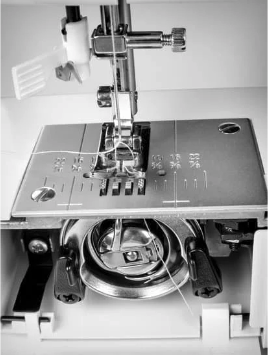
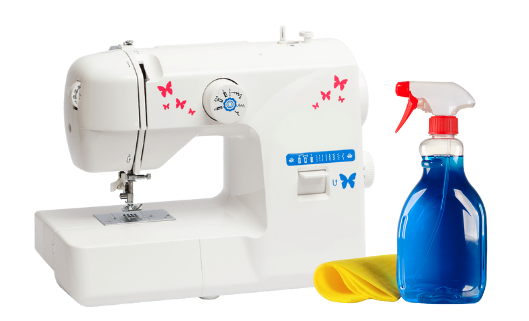
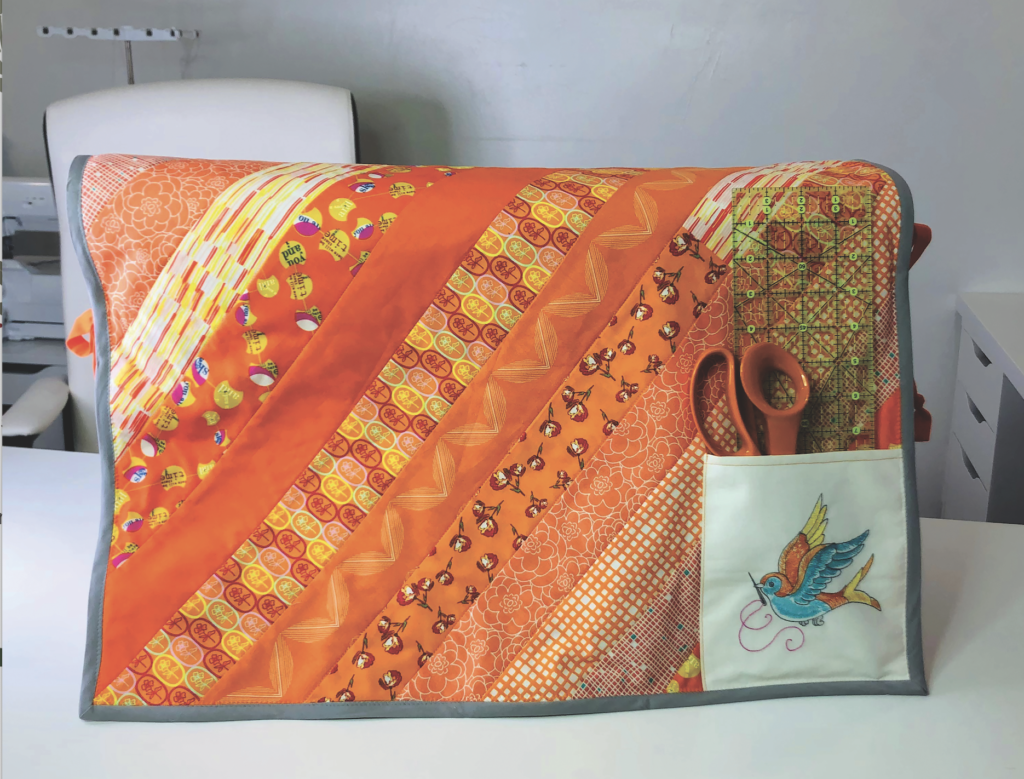
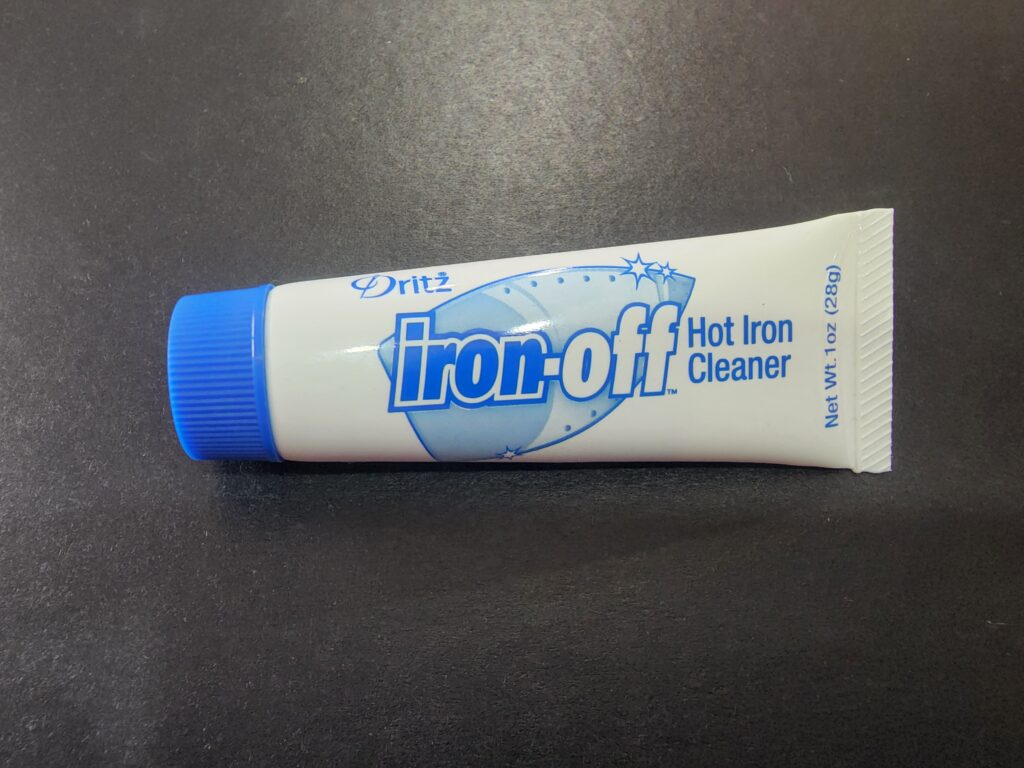
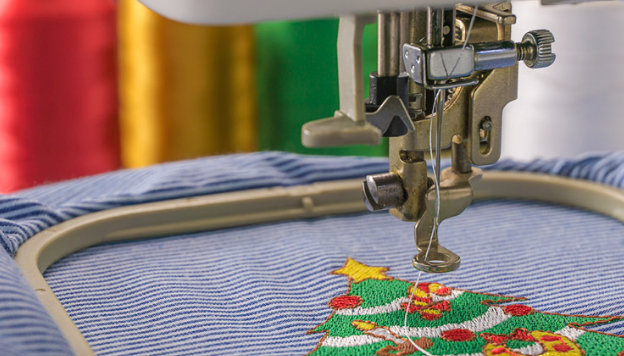
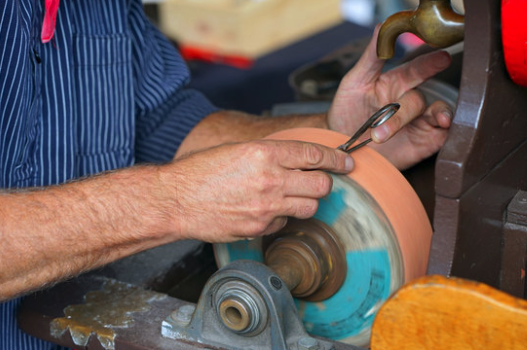
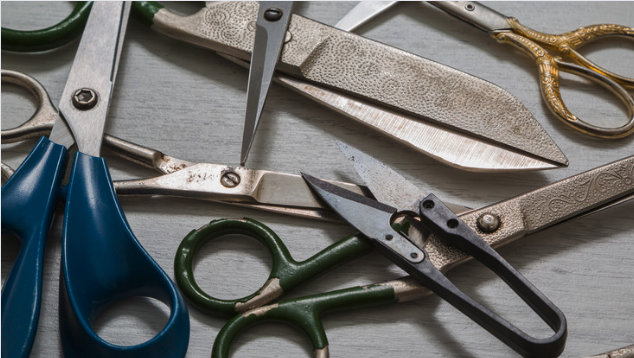
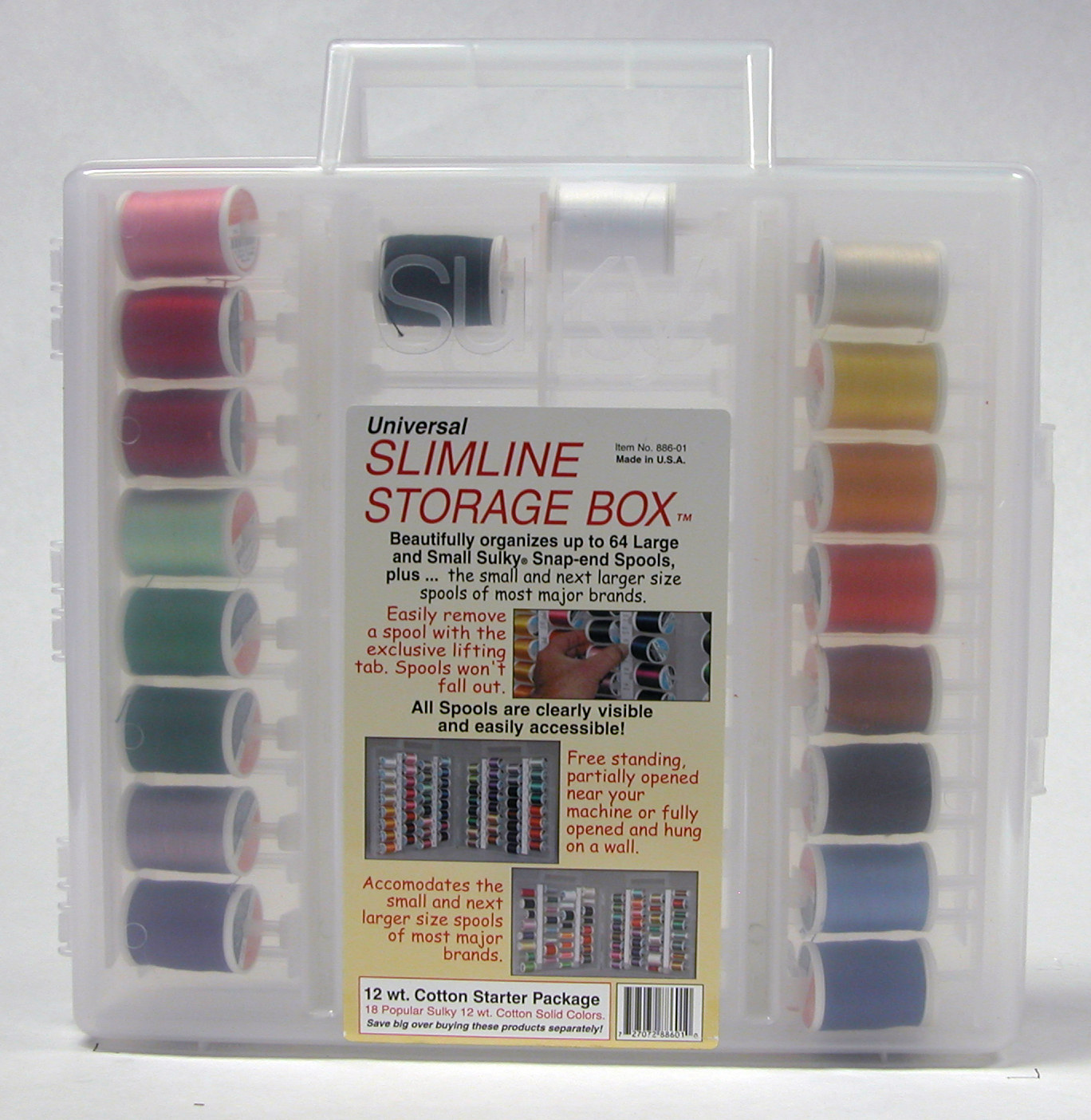


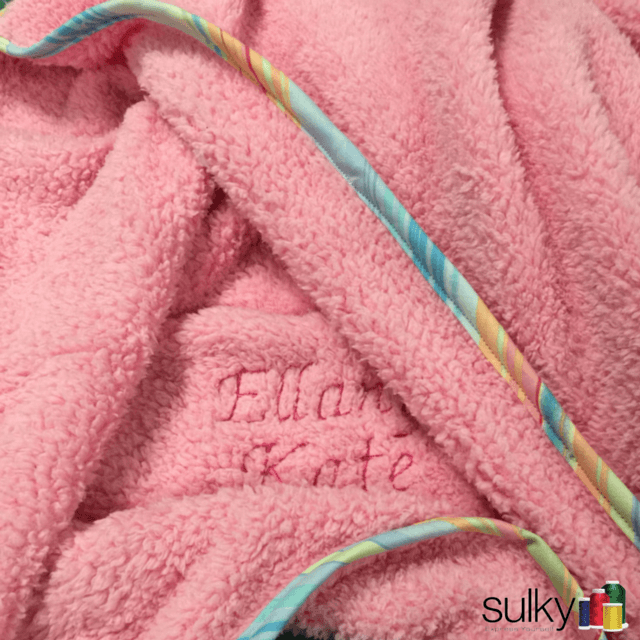


2 Comments
Karen Poole
Such important information for everyone to read! Thank you for this article.
JD Cogar
Thanks for these tips and reminders.